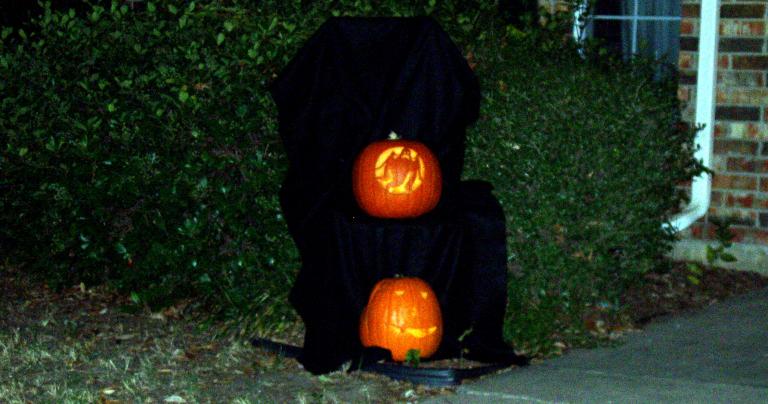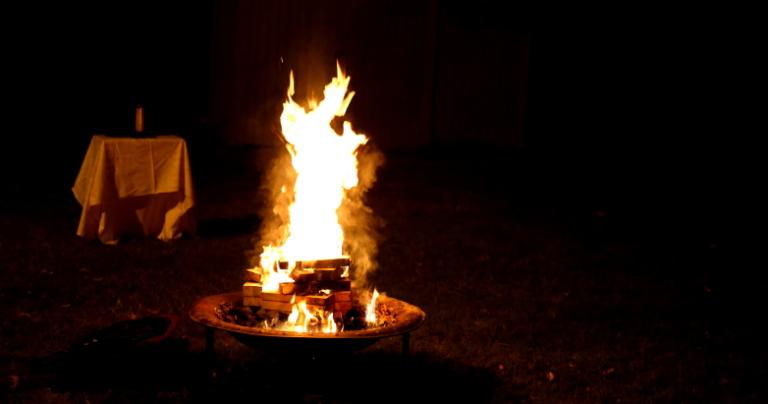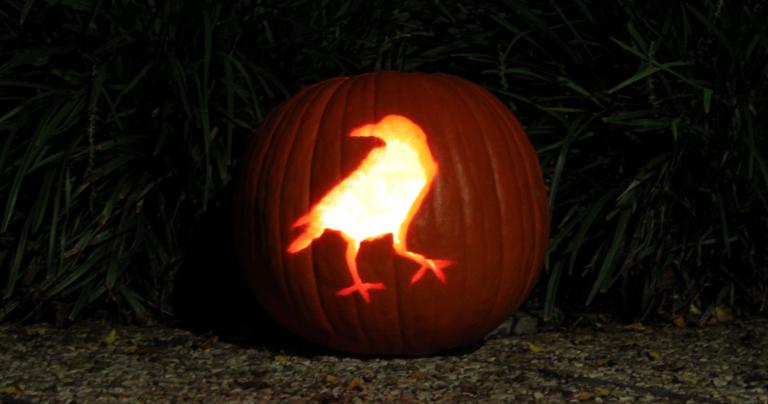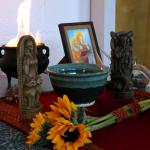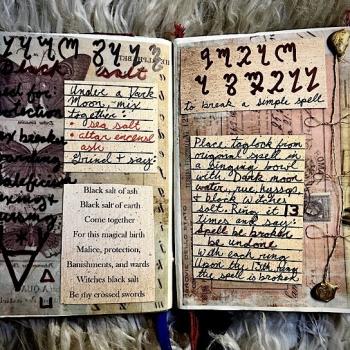As a kid – what seems like a million years ago – I always knew the dates of the really important holidays. Christmas is December 25 and Halloween is October 31.
I knew New Year’s Day is January 1 and the Fourth of July is the Fourth of July. And I knew Labor Day is the first Monday in September, because school always started the Tuesday after Labor Day (which is when it should start, dammit!).
The rest of the holidays, well, go look at a calendar. They’re complicated. But Halloween – the second most important day, even more important than my birthday – was and is October 31.
Now some people want to change this.
The Halloween & Costume Association started a change.org petition to move Halloween to the last Saturday in October. It gives six reasons for the request. However, five of the six are safety related concerns that have nothing to do with when kids go trick or treating.
The final reason says “51% Of Millennials say Halloween is their favorite holiday, why cram it into 2 rushed evening weekday hours when it deserves a full day!?!”
Disingenuous as this campaign may be – its real goal is to increase Halloween-related buying – it’s not categorically wrong. There would be advantages to always celebrating Halloween on a Saturday. But when we consider everything involved, Halloween needs to stay right where it is.
Halloween has deep roots
As most Pagans – and an increasing number of other folks – know, Halloween began as the Celtic holy day of Samhain. The word is pronounced “SOW-en” and it means “summer’s end.” The weather is cooling, the harvest is over, and the farm animals you don’t want to feed through the winter are slaughtered. Winter is coming.
For modern Pagans, Samhain is a time to honor and commune with our ancestors. It’s also a time to think about death and explore the Otherworld, so that when death comes for us – as it will eventually come for everyone – we will not be afraid.
Also, here in Texas summer’s end really is something to celebrate.
For Christians – especially Catholics and Anglicans – All Hallow’s Eve is the beginning of three days of celebration, followed by All Saints Day on November 1 and All Souls Day on November 2.
While the custom of going door to door asking for treats, money, or other donations has many expressions in many lands, trick or treating as we practice it today is largely an American invention. Jason Mankey has an excellent history on his blog if you’re interested.
For all these centuries, Samhain and then Halloween and now Samhain again have been celebrated on October 31. Why should we change now?
Saturday night Pagan circles
Except we kinda already have. Like the vast majority of Pagan groups, Denton CUUPS holds our public rituals on Saturday nights. If Samhain or the Winter Solstice falls on a Friday we’ll celebrate then, but otherwise it’s the Saturday closest to the holiday. It’s simple demographics: Denton is a college town and a suburb where most people work days, Monday through Friday. If we want a good turnout, we have to hold our circles on Saturday.
Interestingly, we don’t move Ostara or Beltane or any of the other high days to Friday even if that’s when they occur. Our wider community relates to Samhain and the Winter Solstice as specific days. The rest of the high days, not so much.
In the US, employers are not required to give employees time off for religious holidays. They are required to make “reasonable accommodations” and to not discriminate between religions. But even if they let you off they are not required to pay you.
I could probably arrange to be off for all eight of the high days. Some of them will fall on Saturday or Sunday, and because I’ve been with the same employer for 22 years I have enough vacation time for the rest. But most people simply can’t do this without putting their livelihood at risk.
People who work in retail, food service, and emergency services have this problem no matter which set of holidays they celebrate. There was a time when virtually everything except hospitals shut down for major holidays. Now the Black Friday Retail Arms Race has extended to pretty much every day of the year except for Christmas.
Overscheduling October 31
One of the things I’ve noticed over the years is that when our Samhain circle is on the 31st we’re always missing a few people. Total attendance may actually be higher, but people with kids have to choose – do I go to Samhain or do I take the kids trick or treating? I remember things I missed out on as a kid because it happened on Sunday night or Wednesday night and my parents said “we have to go to church.” I’ve never heard of anybody telling their kids “we can’t go trick or treating because we have to go to the Samhain ritual” but I’m still uneasy about the whole thing.
Halloween isn’t just for kids anymore. It’s become quite popular with adults. We’re forced into cubicles and dress codes and other forms of conformity all year long – we need a time when we can be something else. Beyond that, it’s just fun, whether your idea of “adult Halloween” is sexy or scary or both (I like both).
If we move Halloween to Saturday every year, there will be more parties for the adults. The members of the Halloween & Costume Association will see their businesses grow, which isn’t a bad thing, even though it isn’t the primary goal of Halloween. But then every year parents will be forced to choose between parties for themselves or trick or treating for the kids.
Let’s keep Halloween for the kids
Let’s leave the 31st for trick or treating. Where I’ve lived it usually starts about 6:00, peaks about 7:00, and is over by 8:00. That’s not “two rushed hours” – it’s the endurance level and attention span of your typical costume-wearing child.
Oh, and while we’re at it, let’s move the end of Daylight Saving Time back to the last Sunday in October. Nobody who’s ever seen a horror movie wants to dress up as a monster while the sun is still up.
Adults can still have their Halloween parties – and Pagans can still have our Samhain circles – on the Saturday closest to the 31st. On the one year in seven when the 31st falls on a Saturday, we’ll share like we do now.
In a perfect world (perfect for me, anyway) Halloween would begin with trick or treating at sundown on October 31. Then about 9:00 everyone would gather for Samhain rituals, honoring and communing with their ancestors and exploring death and the Otherworld. And when the ritual was over, the party would begin and run well into the night. Which would be fine, because November 1 would be a civil holiday and nobody would have to be up early for work or school.
The Christians can keep things running – we’ll cover for them on December 25.
But for now, schedule your adult activities on Saturday and leave Halloween alone on October 31.
To be clear: not all Pagans celebrate Samhain, or any of the other holy days of the Wheel of the Year. Some ethnic reconstructionists have extensive liturgical calendars from ancient times, and I fully support their right to hold their celebrations on the days that seem appropriate to them.


